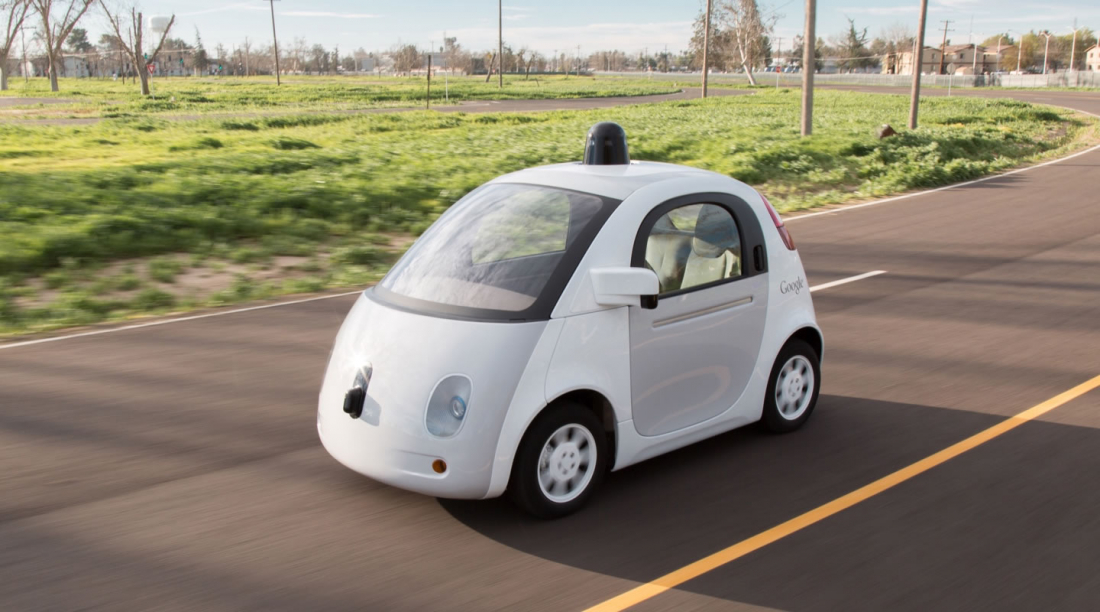Google over the past couple of months has focused on teaching its autonomous car various tasks that drivers use on a daily basis. Last month, for example, Google's self-driving car learned to use its horn at appropriate times (tips that many human drivers could use). Now, the search giant has added the ability for its car to interact with cyclists on public roadways.
In its latest self-driving car report, Google said its cars recognize cyclists as unique users of the road and have been taught to drive conservatively around them. For example, Google's cars won't attempt to pass a cyclist that is riding in the middle of a lane, even if there is technically enough room. When it does pass, it gives cyclists ample buffer room.
What's more, Google cars can now detect a cyclist's hand signals for intent to turn or change lanes. Because cyclists often make hand signals well in advance of their turn, Google's software is programmed to remember previous signals to better anticipate future moves down the road.
Google added that its car cameras can see in 360 degrees, even in the dark, and that they've trained it to recognize a wide variety of bikes including those with big wheels, bikes with car seats, tandem bikes, multi-colored frame bikes and even unicycles.
